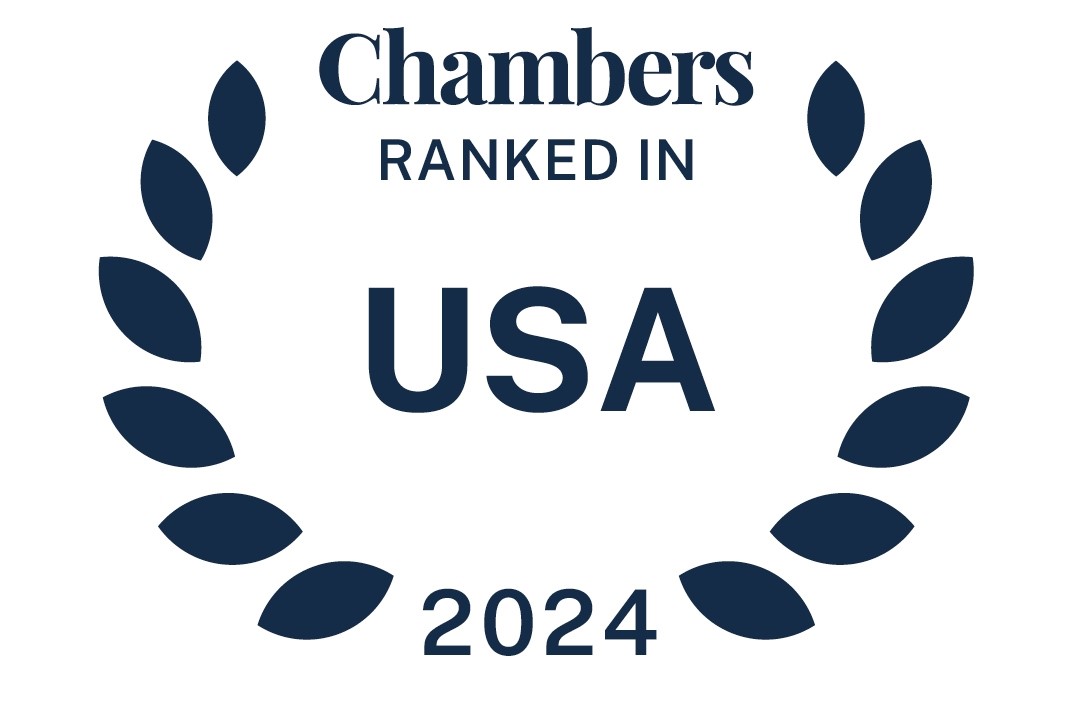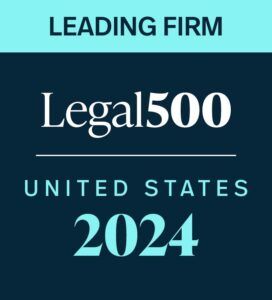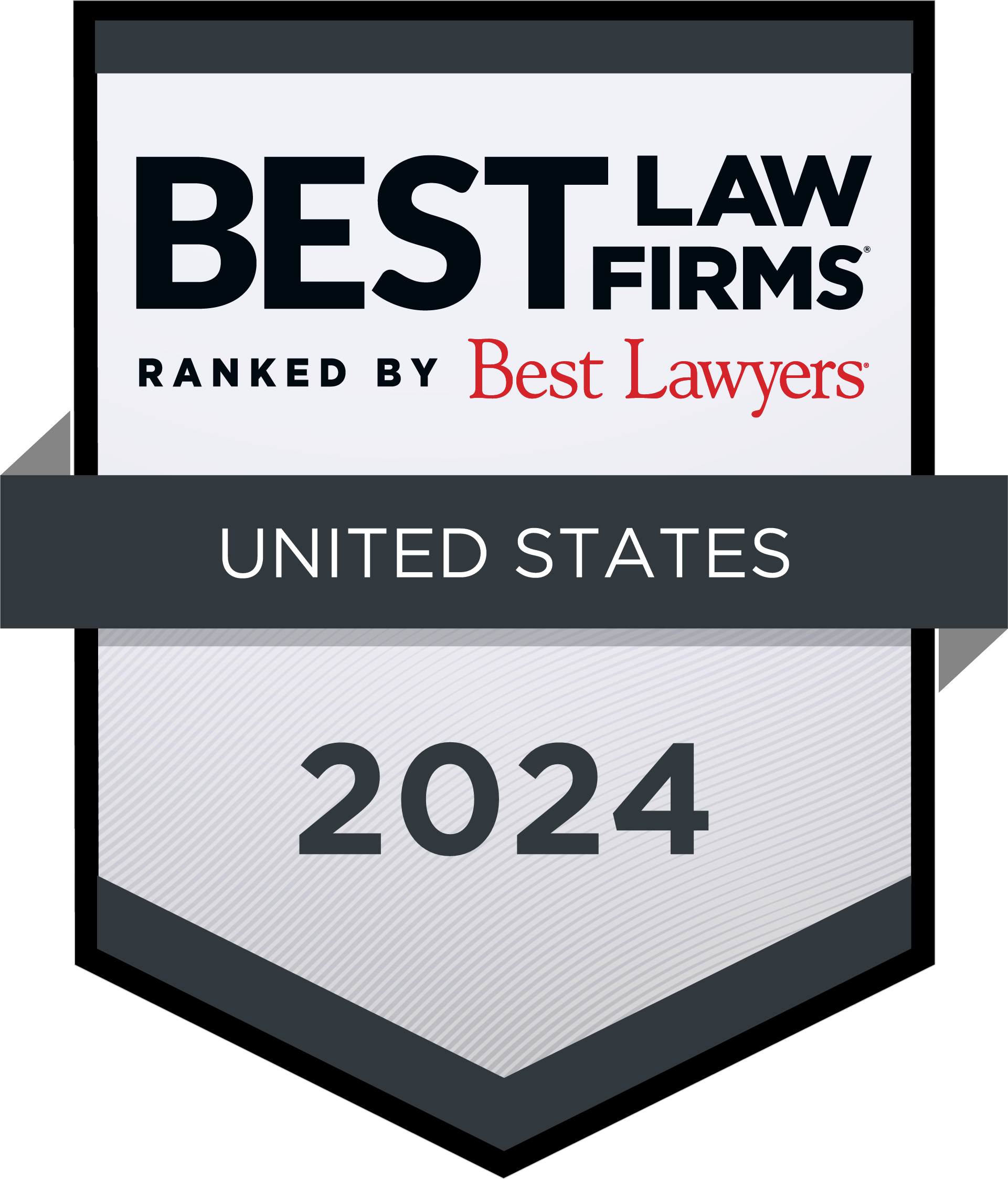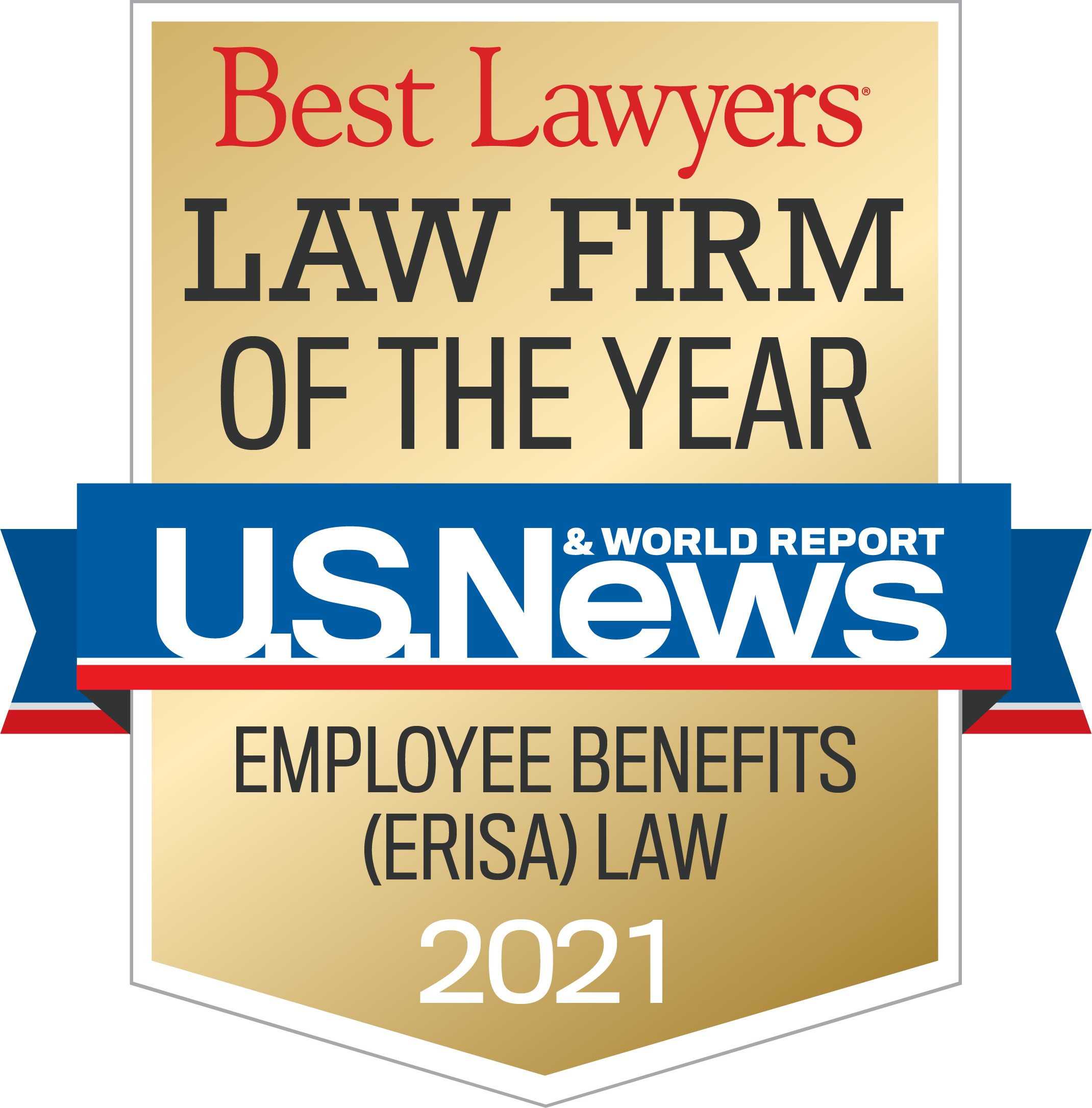The Internal Revenue Service and the Security Summit partners recently issued a news release outlining the “Security Six,” a list of essential steps to protect stored employee information on networks and computers. Employee benefits professionals, including those who administer welfare and retirement plans for employees and beneficiaries, should review and implement the “Security Six” in order to protect sensitive data from cyberattacks.
We would also like to thank law clerk Charnae Supplee for contributing to this article.
read more


 Subscribe
Subscribe




